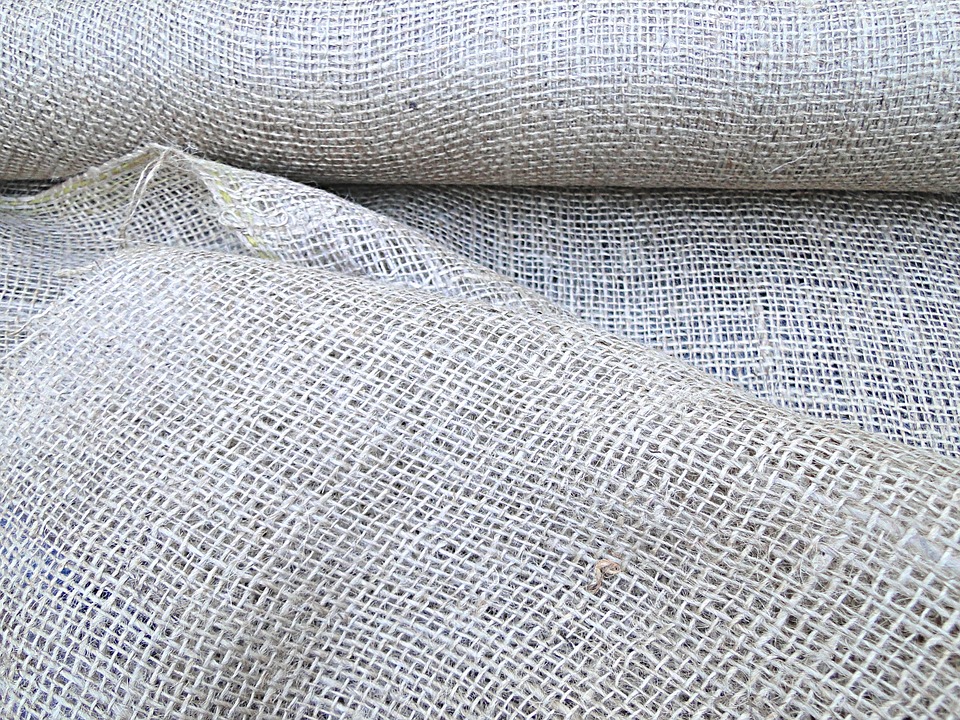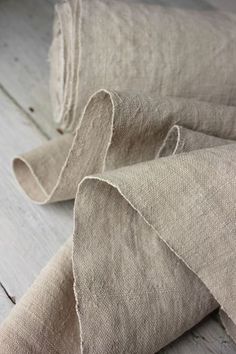
Linen – Natural plant fiber
The nature of Linen
High natural luster.
Wrinkles easily.
Uneven appearance.
Absorbs moisture easily causing movement in
in fabric.
Linen is expensive to manufacture, as the flax plant is a very temperamental plant to grow. The quality of the linen largely depends on the quality of the plant. As the fibers are separated by hand, the process is long and tedious, resulting in the high cost.
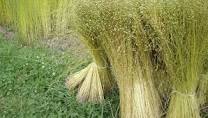
Interesting facts: (Flax production in North Dakota)
Producers grow two types of flax: seed flax for the oil in its seed and nutritional value, and fiber flax for the fiber in its stem.
The seeds are crushed to produce linseed oil and linseed meal.
It can be used for human and animal consumption and studies have shown it contains a high source of essential vitamins.
The fibers are used to make fine paper, and as padding in upholstery fabrics.
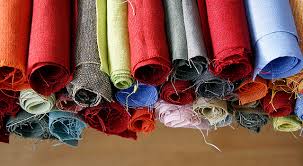
Linen can be used in your home in various places other than on your table, in the form of a tablecloth and napkins. Here are a few examples of where linen is used today:
Bedding
The wrinkles in the fabric, makes the bed look slept in and casual. Some prefer a more formal look where the bedding is smooth and everything is tucked in. Linen is cool in Summer and some find it warm in Winter which makes it a excellent choice
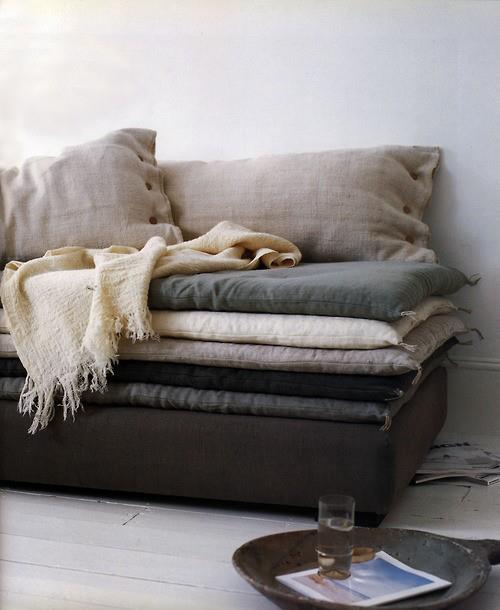
Window Dressing
A lightweight linen is used when making curtains and a light to medium weight is used for roman blinds. These can either be lined or unlined. Due to the movement of linen, the puddling effect for curtaining, is an attractive option. This eliminates the obvious natural lengthening and shortening of the curtains due to the moisture in the air or lack thereof.
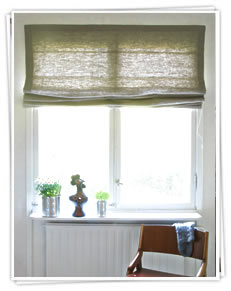
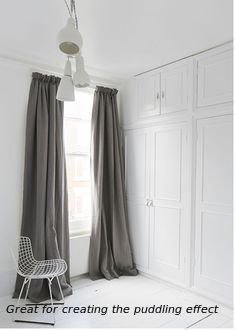
And that concludes todays post. I’ll have more on uses of linen in our everyday lives in my next post. Hope you found this interesting and please leave a comment. We love to hear from you.

